-
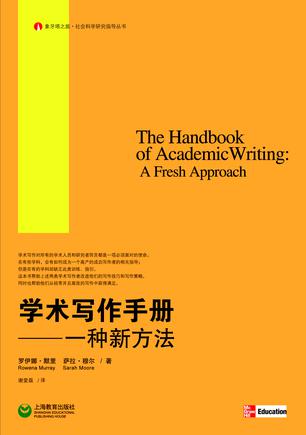
学术写作手册
《学术写作手册》为忙碌的学术人员提供了实用的建议,帮助他们将写作融入工作生活。它重新定义了学术写作,以及从开始到结束的整个过程。它所包含的主题有: • 如何获得动力; • 审读和修改 • 自我管理 • 坚持写作不辍 • 写作小组和“写作者之家” 学术写作对所有的学术人员和研究者而言都是一项必须面对的使命。在有些学科,会有如何成为一个高产的成功写作者的相关指导;但是在有的学科却缺乏此类训练、指引。这本书帮助上述两类学术写作者改进他们的写作技巧和写作策略,同时也帮助他们从经常并且高效的写作中获得满足。 -
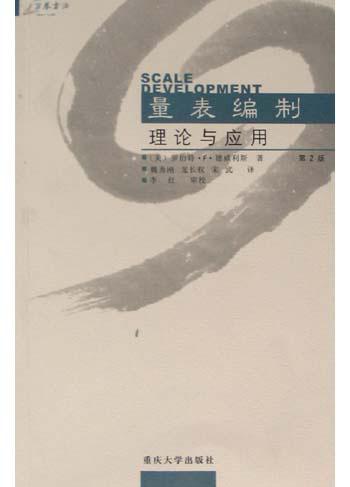
量表编制
《量表编制:理论与应用(第2版)》简介:测量是社会和行为研究中重要的手段,不论研究的其他方面计划和执行得多好,测量可以使一项研究成功或者失败。《量表编制:理论与应用(第2版)》可以为您在测量中的量表编制工作提供有效的帮助。 《量表编制:理论与应用(第2版)》采用图表的形式,使复杂的统计和测量学原理直观明了地展现于读者面前。 《量表编制:理论与应用(第2版)》采用类比的方式宋代替数学化的术语,使内容浅显易懂。 《量表编制:理论与应用(第2版)》中大量的量表编制方面的实例,为读者提供了可操作性的范本。 点击链接进入新版: 量表编制:理论与应用(第2版) -
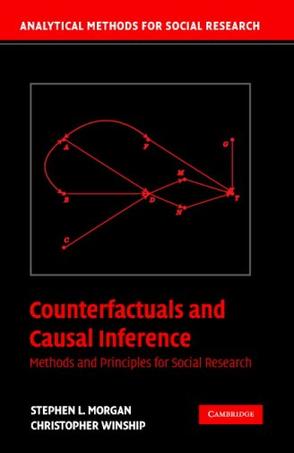
Counterfactuals and Causal Inference
Did mandatory busing programs in the 1970s increase the school achievement of disadvantaged minority youth? Does obtaining a college degree increase an individual's labor market earnings? Did the use of the butterfly ballot in some Florida counties in the 2000 presidential election cost Al Gore votes? If so, was the number of miscast votes sufficiently large to have altered the election outcome? At their core, these types of questions are simple cause-and-effect questions. Simple cause-and-effect questions are the motivation for much empirical work in the social sciences. This book presents a model and set of methods for causal effect estimation that social scientists can use to address causal questions such as these. The essential features of the counterfactual model of causality for observational data analysis are presented with examples from sociology, political science, and economics. -
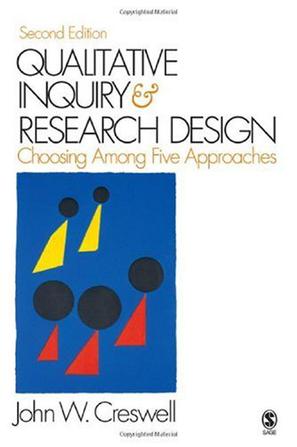
Qualitative Inquiry and Research Design
-
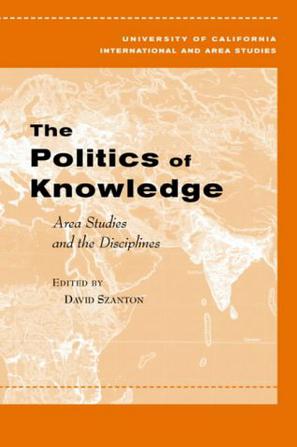
The Politics of Knowledge
The usefulness and political implications of Area Studies programs are currently debated within the Academy and the Administration, where they are often treated as one homogenous and stagnant domain of scholarship. The essays in this volume document the various fields' distinctive character and internal heterogeneity as well as the dynamism resulting from their evolving engagements with funders, US and international politics, and domestic constituencies. The authors were chosen for their long-standing interest in the intellectual evolution of their fields. They describe the origins and histories of US-based Area Studies programs, highlighting their complex, generative, and sometimes contentious relationships with the social science and humanities disciplines and their diverse contributions to the regions of the world with which they are concerned. -
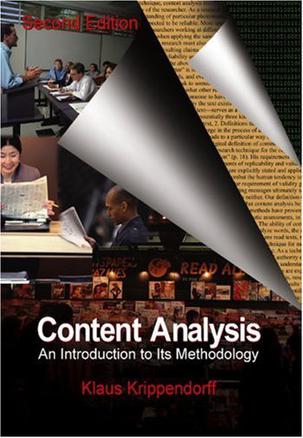
Content Analysis
Since the publication of the first edition of Content Analysis: An Introduction to Its Methodology, the textual fabric in which contemporary society functions has undergone a radical transformation -- namely, the ongoing information revolution. Two decades ago, content analysis was largely known in journalism and communication research, and, to a lesser extent, in the social and psychological sciences. Today, content analysis has become an efficient alternative to public opinion research -- a method of tracking markets, political leanings, and emerging ideas, a way to settle legal disputes, and an approach to explore individual human minds. The Second Edition of Content Analysis is a definitive sourcebook of the history and core principles of content analysis as well as an essential resource for present and future studies. The book introduces readers to ways of analyzing meaningful matter such as texts, images, voices -- that is, data whose physical manifestations are secondary to the meanings that a particular population of people brings to them.Organized into three parts, the book examines the conceptual and methodological aspects of content analysis and also traces several paths through content analysis protocols. The author has completely revised and updated the Second Edition, integrating new information on computer-aided text analysis. The book also includes a practical guide that incorporates experiences in teaching and how to advise academic and commercial researchers. In addition, Krippendorff clarifies the epistemology and logic of content analysis as well as the methods for achieving its aims. Author Klaus Krippendorff discusses three distinguishing characteristics of contemporary content analysis: that it is fundamentally empirically grounded, exploratory in process, and predictive or inferential in intent; that it transcends traditional notions of symbols, contents, and intents; and that it has been forced to develop a methodology of its own, one that enables researchers to plan, execute, communicate, reproduce, and critically evaluate an analysis independent of the desirability of its results.Intended as a textbook for advanced undergraduate and graduate students across the social sciences, Content Analysis, Second Edition will also be a valuable resource for practitioners in a variety of disciplines.